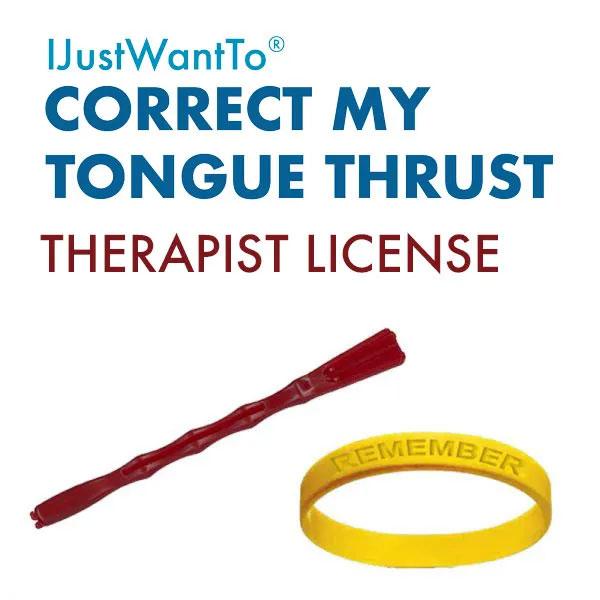Children (Ages 8-12)
Why This Age Is Critical
The childhood and early teen years represent a crucial period for developing proper oral habits. Research shows that addressing tongue position early can prevent numerous issues later in life.
Specific Benefits for Children
- Improved academic performance through better sleep
- Enhanced concentration during school hours
- Better speech patterns
- Proper facial development
- Reduced likelihood of dental issues
Making It Fun
Children need engaging approaches to stay motivated:
- Turn exercises into games
- Use progress charts with stickers
- Create reward systems for consistency
- Make it a family activity
- Use positive reinforcement
Parent's Role
Parents play a crucial part in success:
- Monitor daily practice sessions
- Help establish routines
- Provide encouragement
- Track progress together
- Celebrate improvements
Teenagers (13-19)
Unique Considerations
Teenagers face specific challenges:
- Busy schedules with school and activities
- Social considerations
- Variable sleep patterns
- Need for independence
- Appearance awareness
Benefits That Matter to Teens
- Better sleep quality for improved academic performance
- Enhanced athletic performance through better breathing
- Clearer speech for social confidence
- Improved appearance and posture
- Better morning energy levels
Success Strategies
- Digital tracking options
- Social support systems
- Clear progress markers
- Independence in practice
- Flexible scheduling options
Integration Tips
- Practice during homework breaks
- Combine with sports training
- Include in morning/evening routines
- Use phone reminders
- Track progress with apps
Adults (20-50)
Professional Integration
Working adults need practical solutions:
- Office-friendly exercises
- Discrete practice methods
- Time-efficient routines
- Travel-compatible techniques
- Professional setting adaptations
Specific Benefits
- Enhanced work performance through better rest
- Improved professional speaking
- Reduced workplace fatigue
- Better stress management
- Increased daytime alertness
Success Strategies
- Calendar Integration
- Schedule regular practice times
- Set digital reminders
- Track progress systematically
- Plan weekly check-ins
- Monitor improvements
- Workplace Adaptation
- Desk exercises
- Meeting preparation techniques
- Travel modifications
- Professional environment adjustments
- Stress reduction practices
Seniors (50+)
Special Considerations
Older adults have unique needs:
- Comfort-focused approaches
- Modified exercise techniques
- Slower progression when needed
- Additional support systems
- Regular progress monitoring
Health Benefits
- Improved sleep quality
- Better breathing patterns
- Enhanced oral comfort
- Reduced morning discomfort
- Overall wellness improvement
Support Systems
- Family Involvement
- Regular check-ins
- Progress monitoring
- Encouragement systems
- Success celebration
- Routine support
- Professional Guidance
- Regular assessment
- Modified techniques
- Progress tracking
- Comfort monitoring
- Success evaluation
Progress Tracking by Age
Children
- Weekly sticker charts
- Daily achievement marks
- Parent-child check-ins
- Visual progress tracking
- Celebration milestones
Teenagers
- Digital tracking apps
- Social media progress sharing
- Personal goal setting
- Achievement logging
- Success documentation
Adults
- Professional tracking systems
- Digital progress logs
- Result documentation
- Goal achievement markers
- Success measurement
Seniors
- Simple tracking methods
- Regular progress notes
- Comfort-level monitoring
- Achievement recording
- Success documentation
Success Tips for All Ages
- Consistency Is Key
- Regular practice times
- Daily routine integration
- Habit formation
- Progress monitoring
- Success celebration
- Custom Approaches
- Age-appropriate modifications
- Personal comfort levels
- Individual pace setting
- Progress adaptation
- Success strategies
- Support Systems
- Family involvement
- Professional guidance
- Community support
- Progress sharing
- Success stories
Common Challenges and Solutions
Children
Challenge: Maintaining interest Solution: Gamification and rewards
Teenagers
Challenge: Busy schedules Solution: Flexible integration options
Adults
Challenge: Professional demands Solution: Workplace-friendly techniques
Seniors
Challenge: Comfort concerns Solution: Modified approaches
Your Path to Success
Remember that success in tongue training is accessible at any age. The key is following an age-appropriate approach that:
- Respects individual needs
- Provides proper support
- Maintains motivation
- Tracks progress
- Celebrates success
Whether you're guiding a child, supporting a teenager, practicing as an adult, or assisting a senior, this program offers proven techniques for every age group. Start your journey today with the approach that best matches your age and lifestyle needs.
Getting Started
- Assess Your Starting Point
- Current habits
- Individual needs
- Personal goals
- Support systems
- Success markers
- Choose Your Approach
- Age-appropriate techniques
- Comfort-level matching
- Schedule integration
- Progress tracking
- Success measurement
- Begin Your Journey
- Start with basics
- Build gradually
- Monitor progress
- Adjust as needed
- Celebrate success
Remember: Success in tongue training is possible at any age. The key is choosing the right approach and maintaining consistency in practice.



